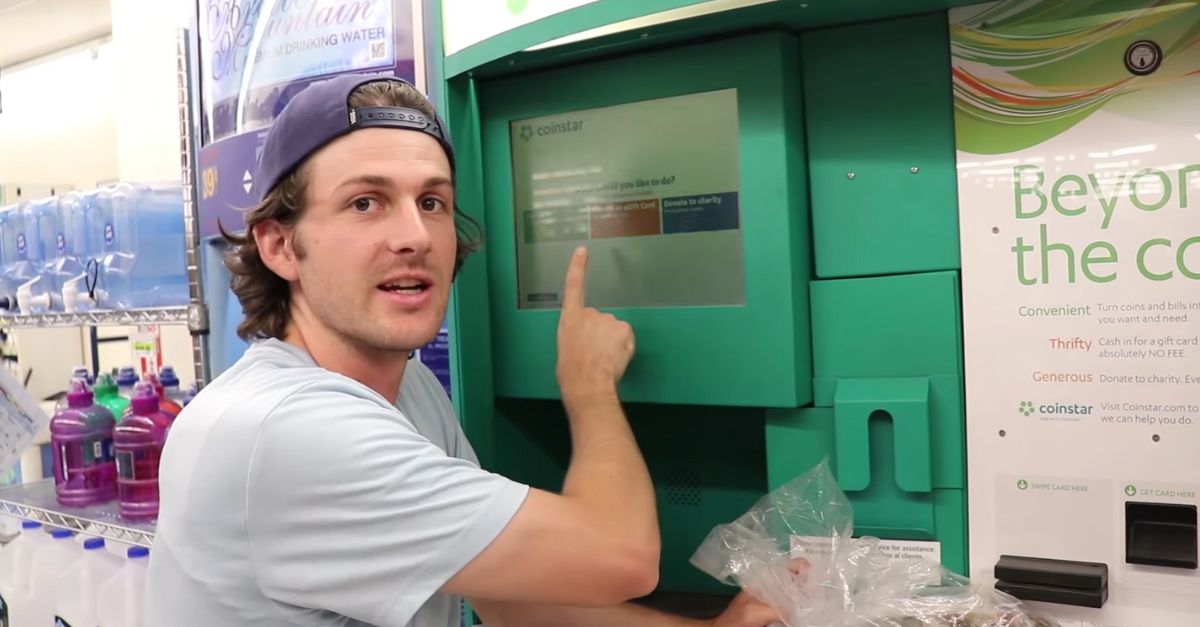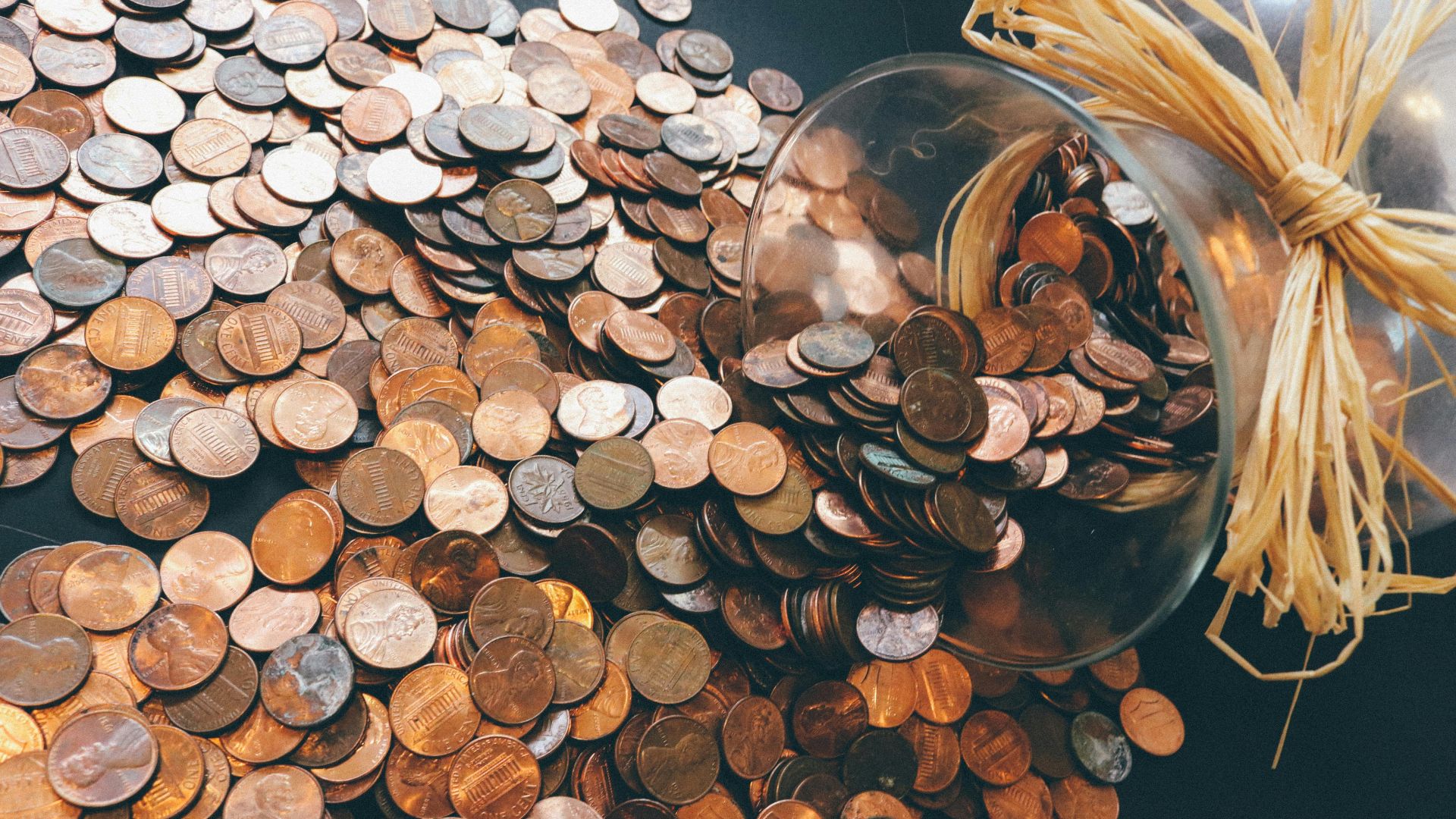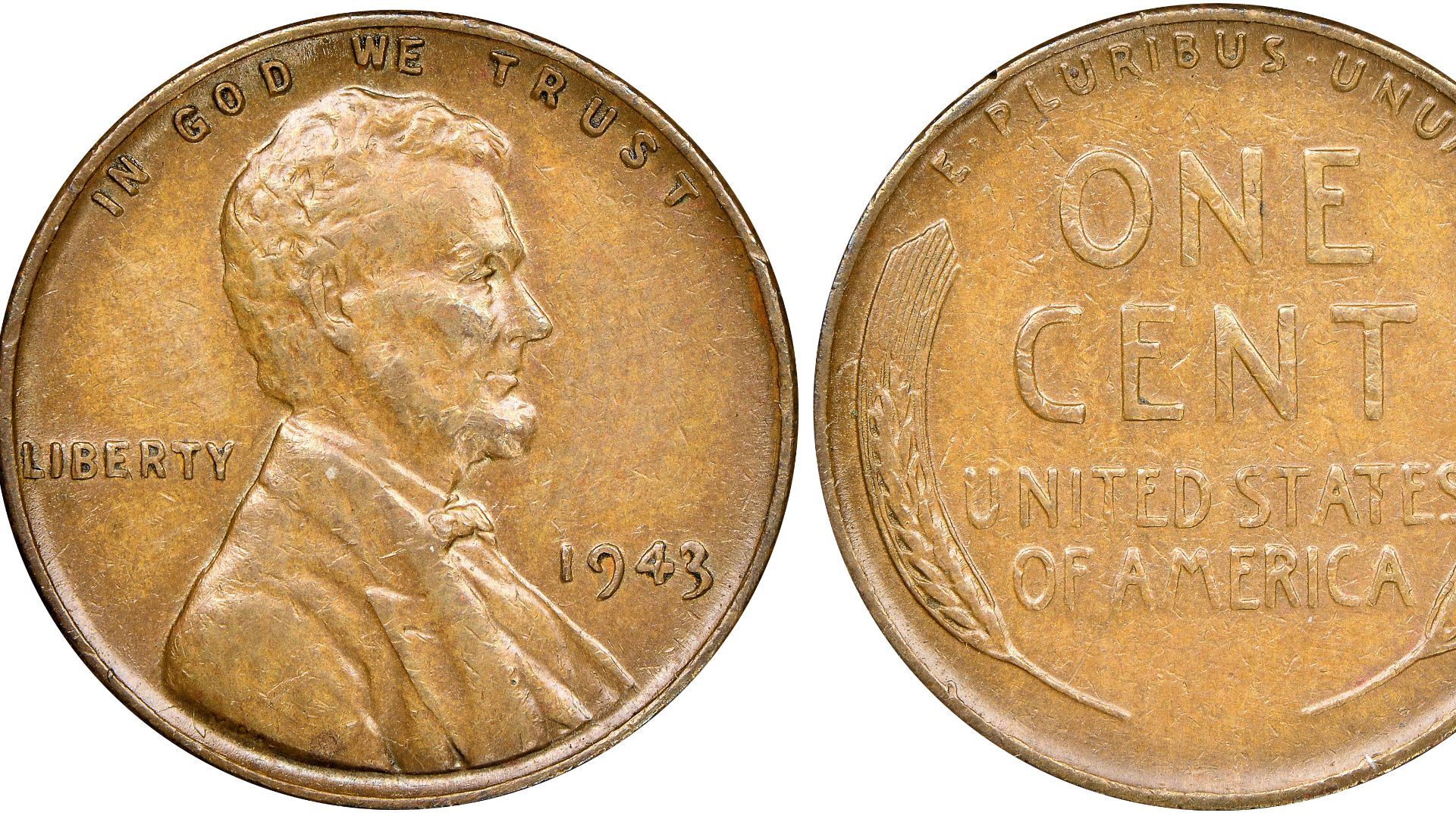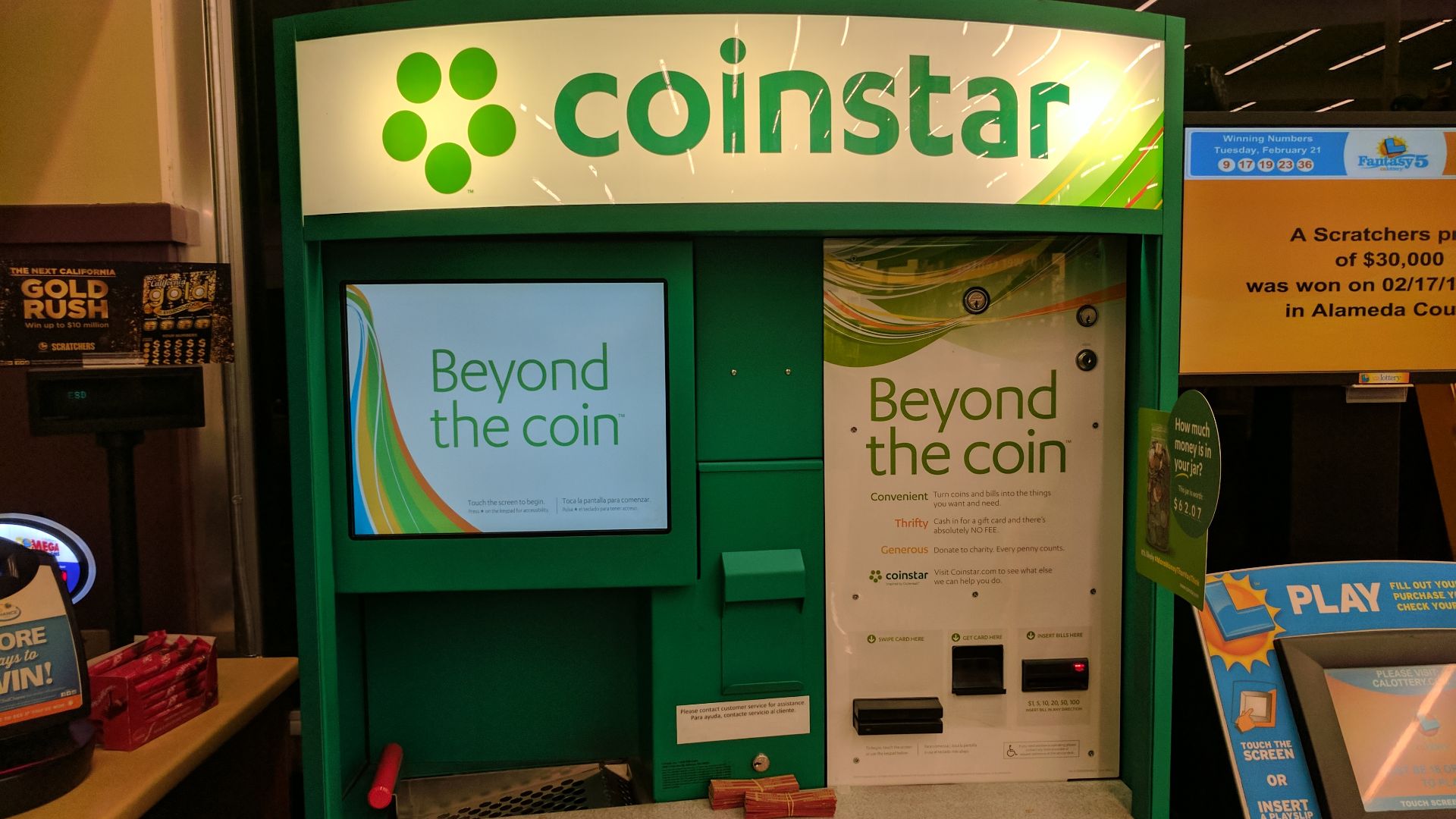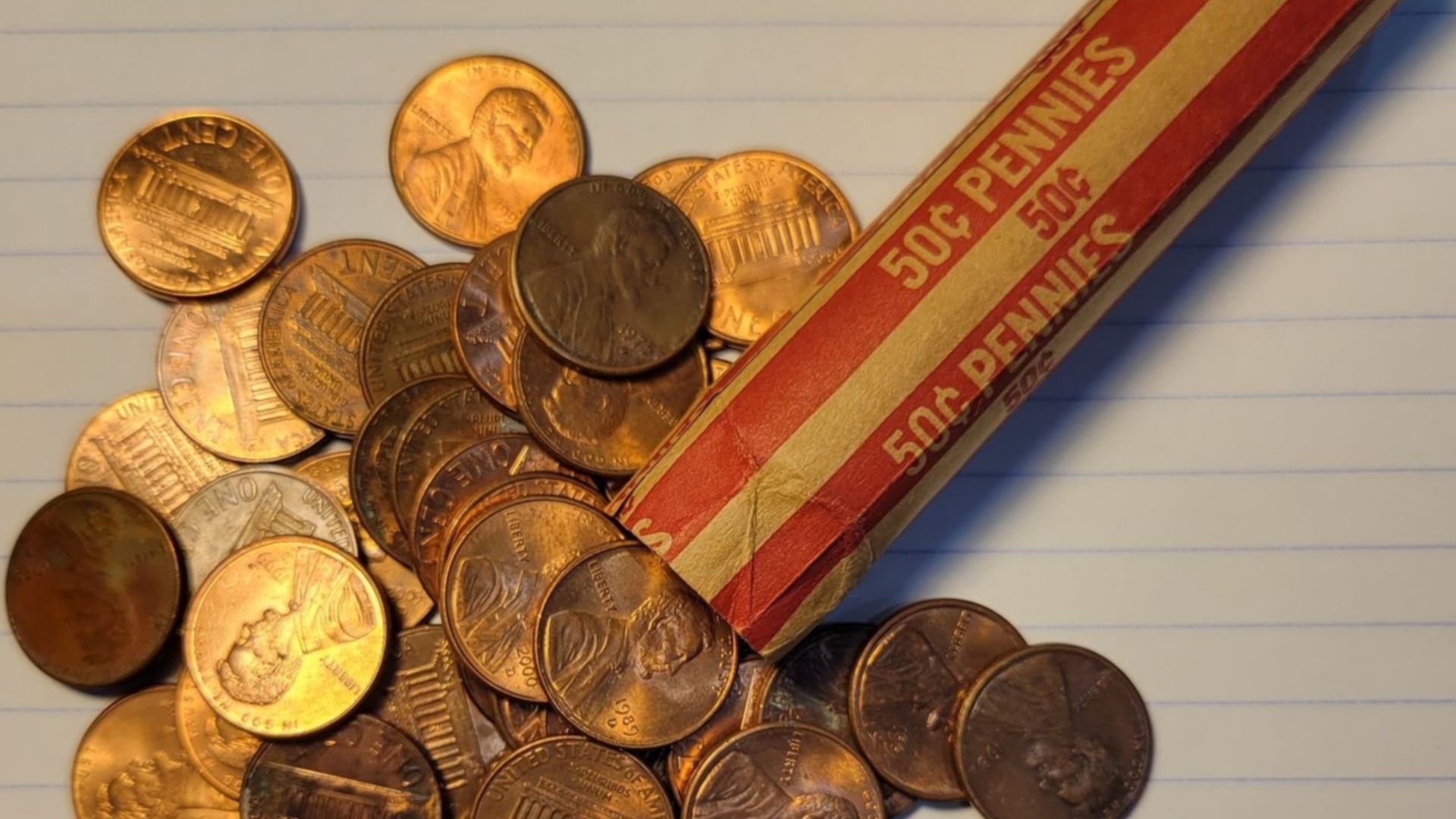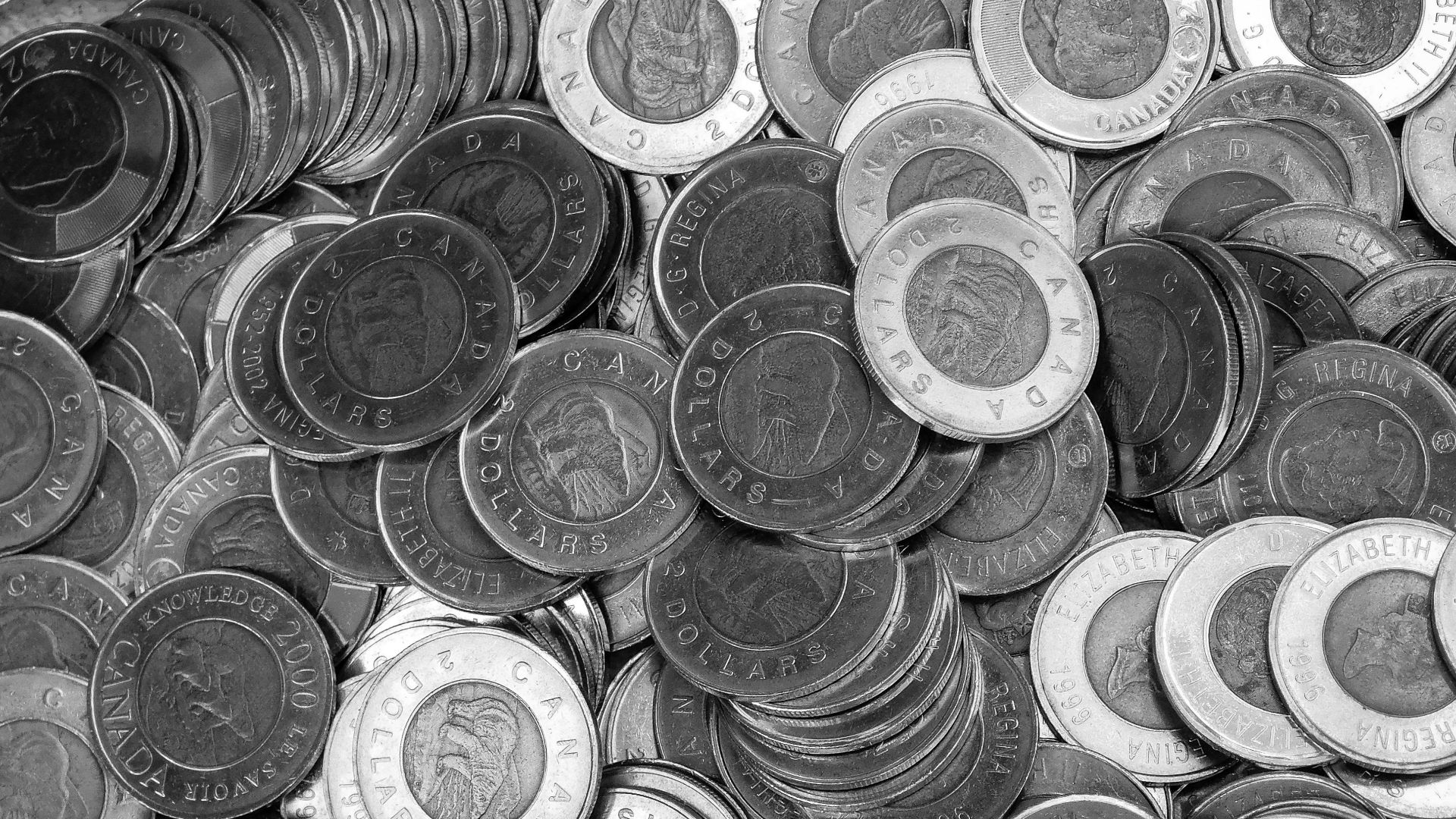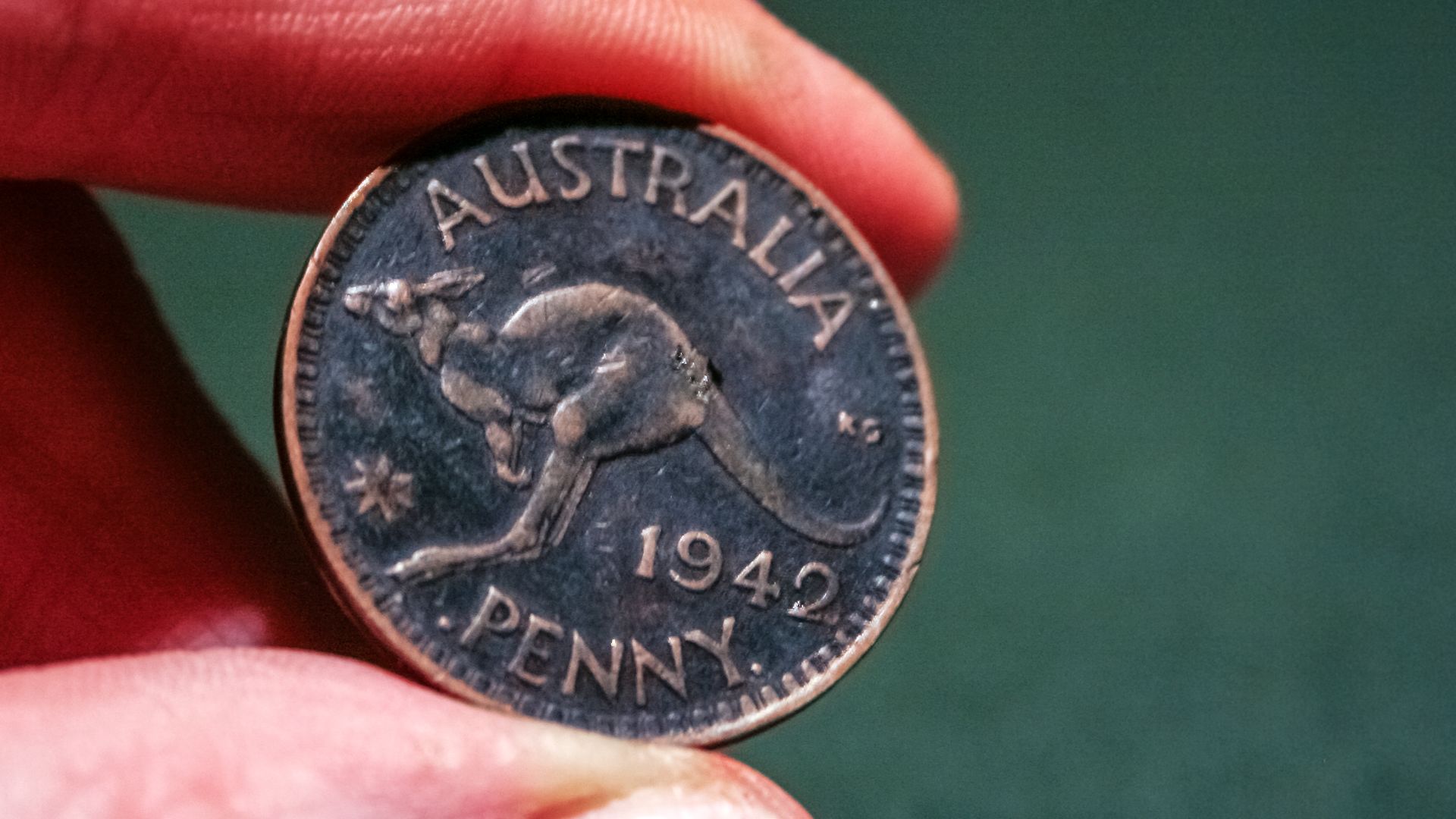Coins In Transition
The government just pulled the plug on America's smallest coin after centuries of production. That makes your current stash suddenly valuable in ways you never imagined. Smart money says check before you cash in.
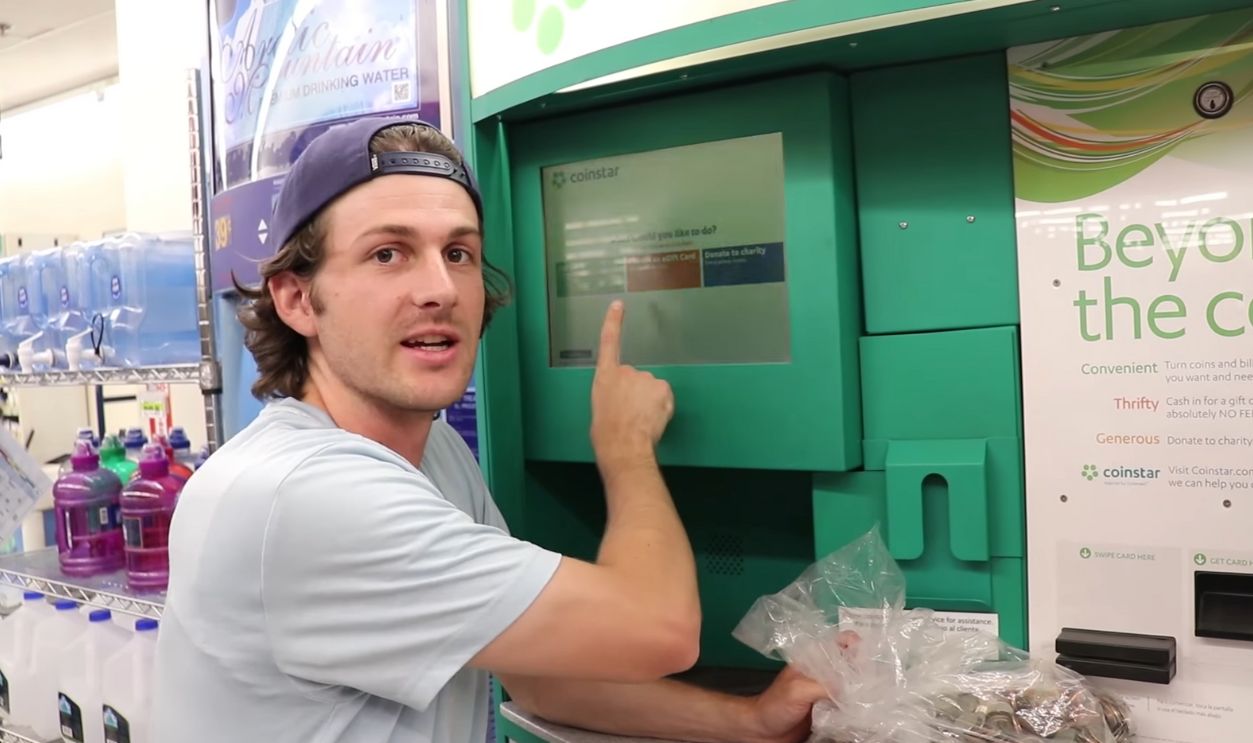
Treasury Stops Production
In May 2025, the US Treasury Department quietly placed its final order for penny blanks, those metal discs that get stamped into America's smallest coin. Once this last batch runs through the Philadelphia and Denver mints, that's it. No more pennies, ever again.
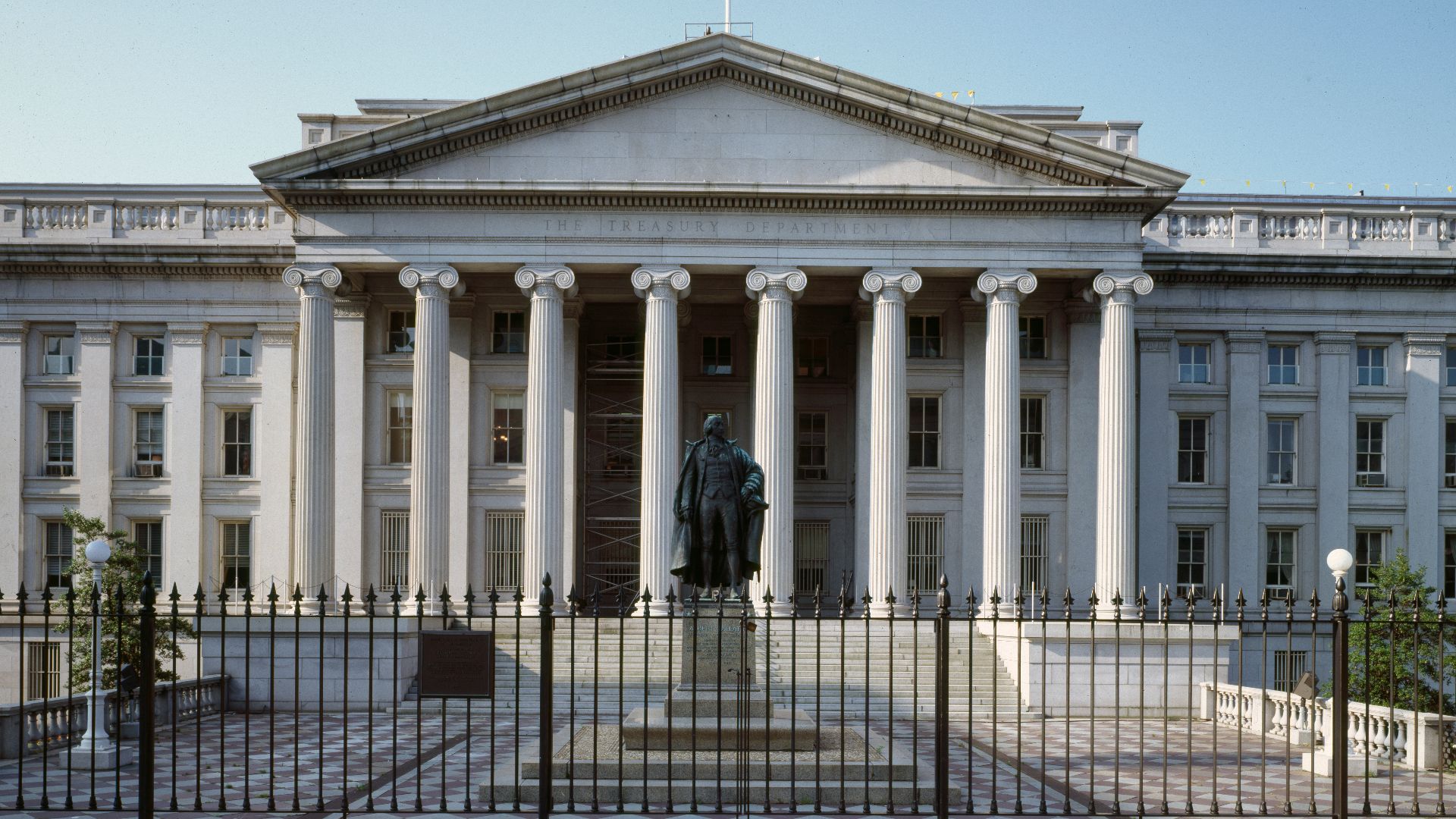 Carol M. Highsmith, Wikimedia Commons
Carol M. Highsmith, Wikimedia Commons
Trump Administration Order
It all started with a Truth Social post. President Trump, fresh off watching the Super Bowl in February 2025, fired off a message calling penny production “so wasteful”. He immediately instructed Treasury Secretary Scott Bessent to put an end to the 233-year-old tradition.
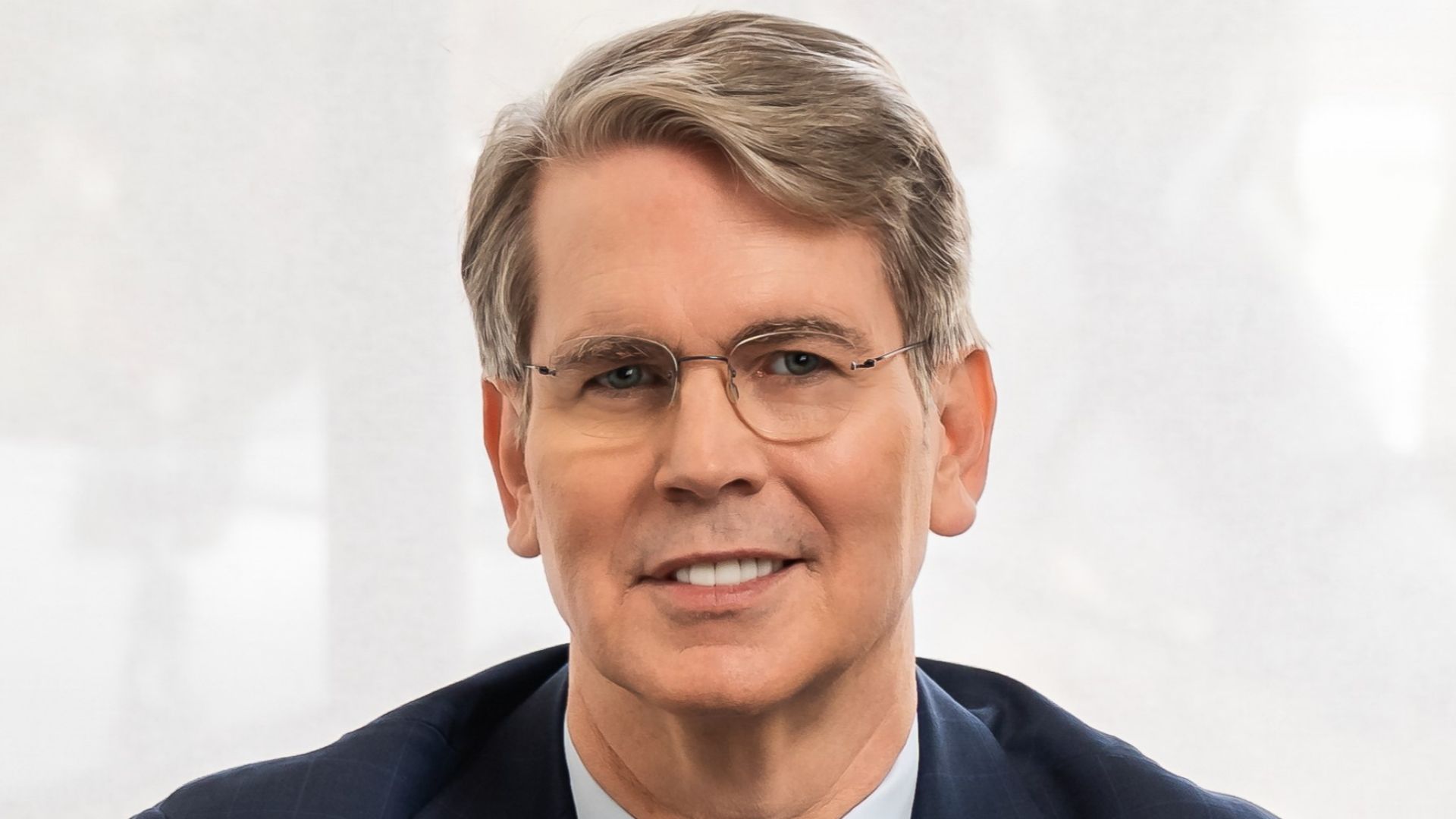 Treasury Department, Wikimedia Commons
Treasury Department, Wikimedia Commons
Bipartisan Support
The decision garnered bipartisan support, with Democrats and Republicans finally coming together on a common ground. Elon Musk's Department of Government Efficiency had already flagged the penny as wasteful spending in January, setting the stage for the leader’s decisive action.
 Duncan.Hull, Wikimedia Commons
Duncan.Hull, Wikimedia Commons
Early 2026 Deadline
Mark your calendars: early 2026 is when the penny-making machines go silent for good. The Treasury's stockpile of those blank metal discs will be exhausted sometime in the first few months of next year. After that historic moment, pennies will be part of a finite collection.
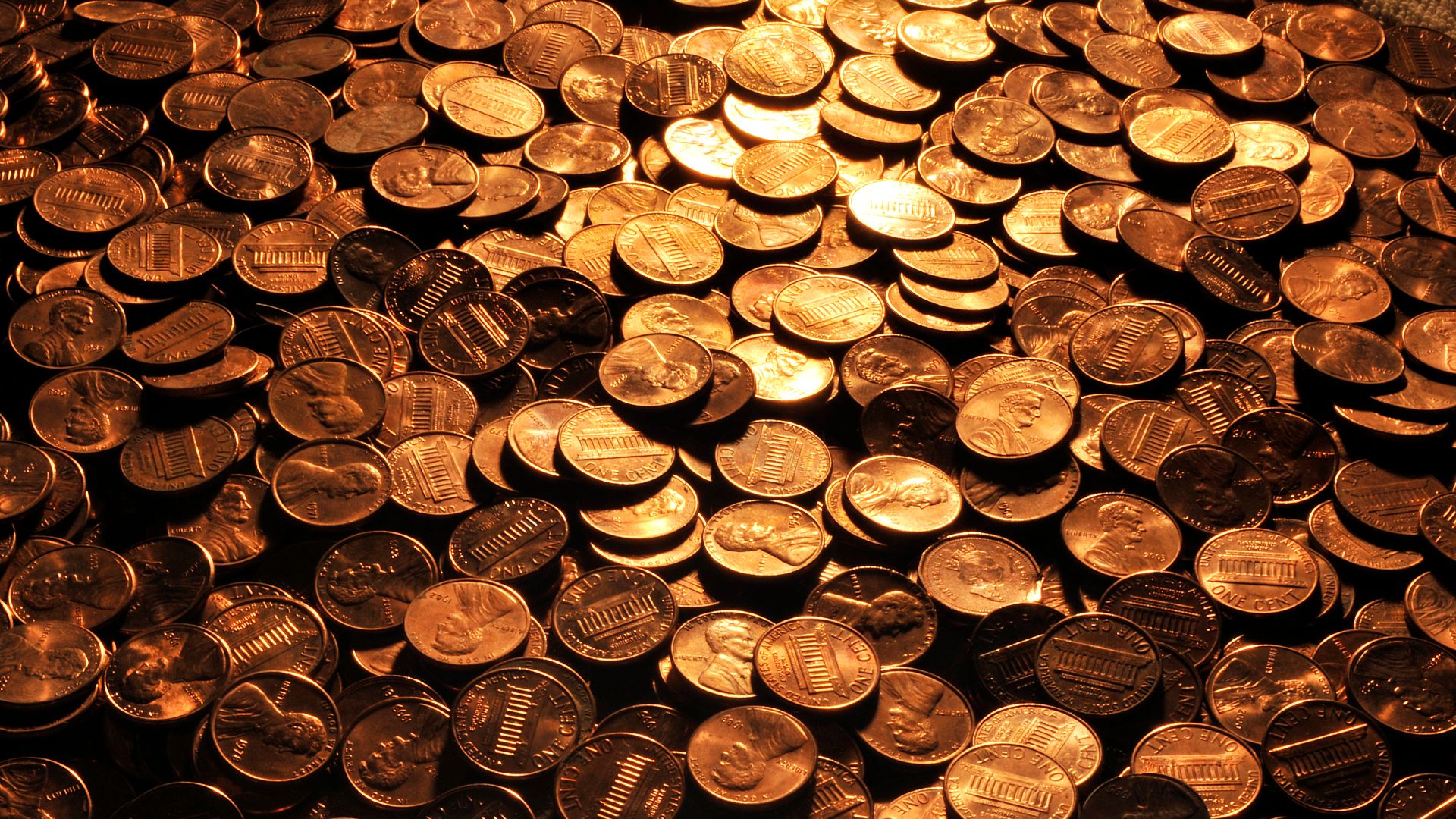 Roman Oleinik, Wikimedia Commons
Roman Oleinik, Wikimedia Commons
Production Costs Crisis
Apparently, it costs a staggering 3.69 cents to manufacture each one-cent coin. That's nearly four times its actual value, creating a financial disaster that cost taxpayers $85.3 million in 2024 alone. The culprit? Zinc prices have more than doubled since 2000.
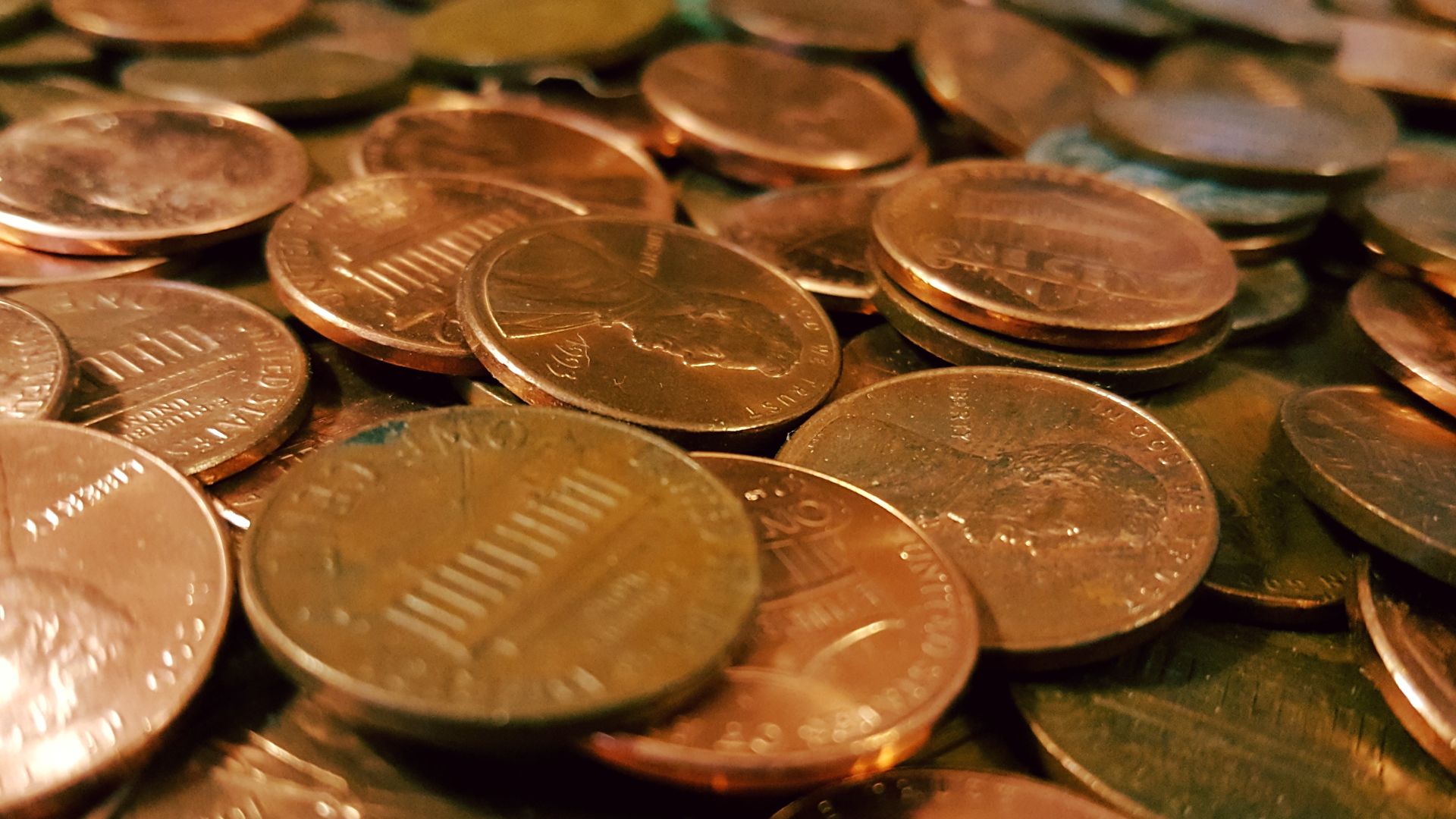 cweyant from Syracuse, United States, Wikimedia Commons
cweyant from Syracuse, United States, Wikimedia Commons
Still Legal Tender
Don't panic and start hoarding your pennies just yet. Every cent in your possession remains completely valid currency that stores, banks, and businesses must accept. There's no expiration date, no government recall program, and no deadline to exchange them. Think of it like discontinued collector's items.
 Douglas Muth from Philadelphia, PA, USA, Wikimedia Commons
Douglas Muth from Philadelphia, PA, USA, Wikimedia Commons
Gradual Circulation Decline
With 114 billion pennies currently bouncing around the economy, you'll keep finding them in couch cushions and car cup holders for years. But without fresh pennies entering circulation, businesses will gradually run short. Eventually, cash registers will start looking empty in the one-cent slots.
Rounding Rules
Get ready for some mental math at checkout counters. When pennies become scarce, cash purchases will round to the nearest nickel using standard rules: totals ending in 1c or 2c round down, while 3c or 4c round up. A $6.98 breakfast sandwich jumps to $7.00.
Digital Payments Unaffected
Your Venmo, Apple Pay, and credit card transactions will continue operating. Cashless purchases will still calculate to the exact cent. This matters more than you'd think—cash transactions dropped to just 14% of all purchases in 2024, with younger Americans (ages 18–24) using cash for only 10% of transactions.
No Recall Planned
There's zero plan to recall existing pennies from circulation. The Treasury wants them to fade away through normal wear and loss naturally. Well, the penny may be on its way out, but a few could turn out to be treasures in your change jar.
1943 Steel Cents
In 1943, the government switched to zinc-coated steel pennies to save copper for military equipment, making over a billion silvery-looking coins. Most are worth 10–25 cents today, but watch for the holy grail: genuine 1943 copper pennies that slipped through by mistake.
1943 Copper Fortune
Those rare 1943 copper pennies are like winning the lottery in your loose change. They happened when leftover bronze blanks from 1942 accidentally mixed with the new steel ones during the wartime switchover. You can spot a real one because it won't stick to a magnet.
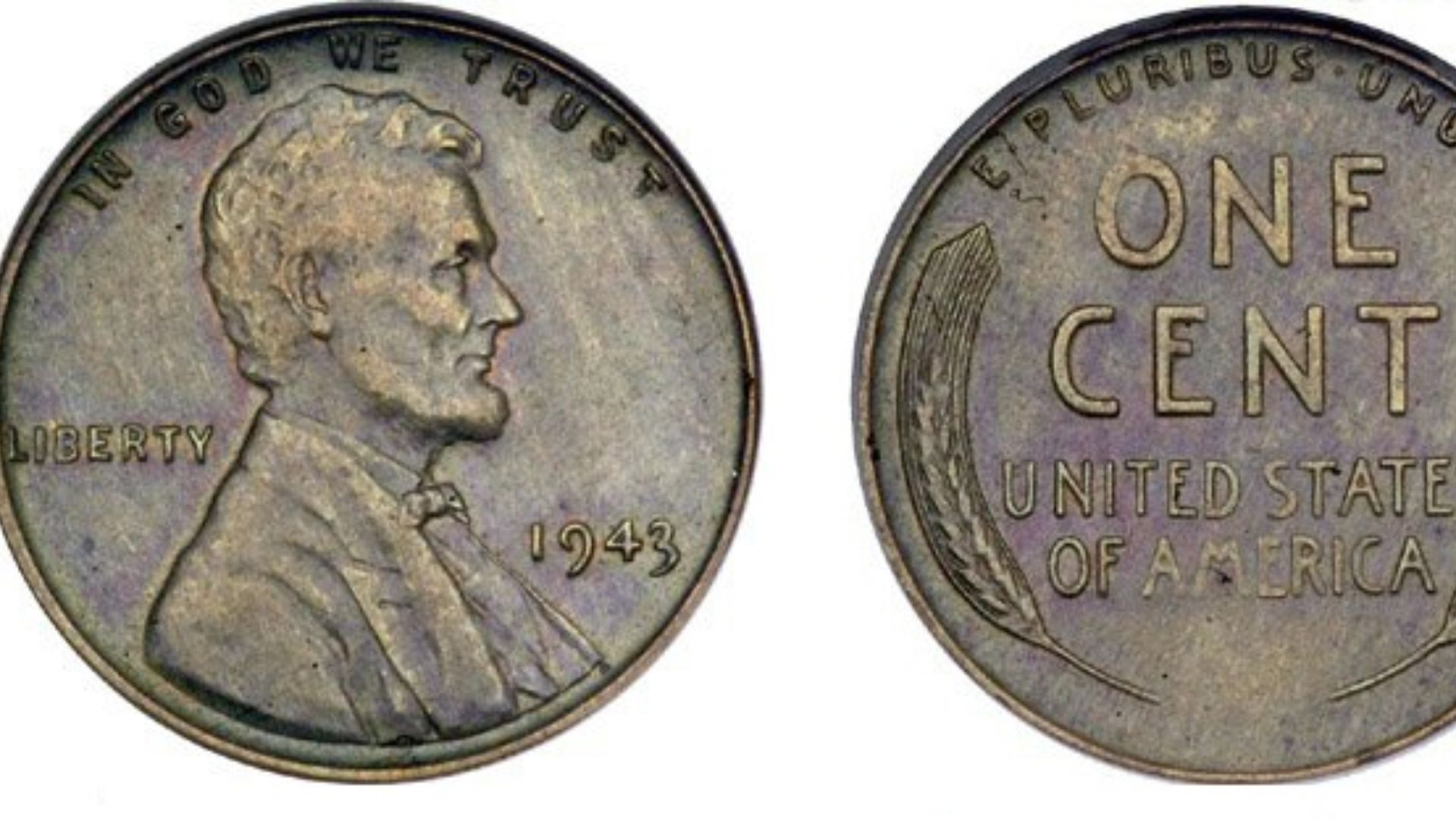 The original uploader was 293.xx.xxx.xx at English Wikipedia., Wikimedia Commons
The original uploader was 293.xx.xxx.xx at English Wikipedia., Wikimedia Commons
Wheat Penny Era
From 1909 to 1958, pennies featured two graceful wheat stalks on the reverse, making them instantly recognizable to collectors. These "wheat cents" marked the first time a real president (Lincoln) appeared on circulating US currency, commemorating his 100th birthday. Most wheat pennies are worth 2–10 cents.
 DO NOT Spend This Wheat Penny! - 1920 PENNY VALUE AND COIN PRICES by Ni Coin
DO NOT Spend This Wheat Penny! - 1920 PENNY VALUE AND COIN PRICES by Ni Coin
1955 Doubled Die
The 1955 doubled die penny is numismatics' rock star—a minting error so famous it appeared in Stephen King stories. During production, the die struck twice with slight misalignment, creating ghostly doubled text on "LIBERTY" and “IN GOD WE TRUST”. Even worn examples fetch $1,000+.
Error Coin Jackpots
Look for off-center strikes where Lincoln appears sideways, double strikes showing overlapping images, or clips where chunks of metal are missing from the coin's edge. The 1972 doubled die penny displays clear doubling on the date and motto, worth up to $14,400 in top grades.
 JACKPOT! - $200+ IN ERROR COINS DISCOVERED FROM ONLY $3.00 IN PENNIES!! by BlueRidgeSilverhound
JACKPOT! - $200+ IN ERROR COINS DISCOVERED FROM ONLY $3.00 IN PENNIES!! by BlueRidgeSilverhound
Professional Appraisal Guide
Reputable coin dealers, certified numismatists, or grading services like PCGS and NGC can authenticate valuable finds for $20–50 per coin. Many local coin shops offer free preliminary assessments to separate wheat from chaff. Online forums and coin identifier apps help with initial research.
Bank Deposit Options
Your neighborhood bank remains the simplest solution for converting pennies into spendable cash. Most branches accept loose coins, though many prefer them pre-rolled in standard 50-cent wrappers you can grab for free. Some banks offer coin-counting machines that do the work for you, though availability varies by location.
Coinstar Machine Strategy
Those green machines in grocery stores process about $3 billion in coins annually, with the average penny jar yielding $58. Here's the smart play: choose store credit over cash to avoid the 11.9% processing fee. Amazon, Starbucks, and dozens of other retailers offer fee-free gift cards.
Roll Them First
Rolling pennies yourself maximizes your return and gives you one final chance to spot valuable coins. Standard penny rolls hold exactly 50 cents worth, and most dollar stores sell coin wrappers cheaply. This old-school method takes time but saves fees and builds good relationships with bank tellers.
Charity Donation Benefits
Turn your penny burden into someone else's blessing via charitable giving. Many nonprofits, schools, and community organizations gladly accept loose change for fundraising campaigns. Some charities provide tax deduction receipts for donations over certain amounts. Local food banks also run “penny drives”.
Keep Nostalgic Samples
Set aside a small collection before your pennies disappear forever into the cash economy. Future generations might find it fascinating that America once had coins worth less than a nickel. Consider keeping examples from different eras, such as a wheat penny from the 1940s–50s.
Canada's Success Story
Our northern neighbors killed their penny in 2012, and the world didn't end. Canadian businesses adopted "Swedish rounding" rules—transactions ending in 1c or 2c round down, while 3c or 4c round up. Most Canadians forgot about pennies within weeks, and inflation didn't spike as critics predicted.
Australia's Experience
Australia eliminated both 1c and 2c coins in 1992, making its 5c piece the smallest denomination. The transition went so smoothly that New Zealand followed suit in 1990, and later ditched its 5c coin in 2006 without economic chaos. Both countries report faster checkout times.
America's Cashless Future
The penny's demise signals America's inevitable march toward a cashless society. Sweden already rounds to the nearest krona, while Finland and the Netherlands never bothered minting 1c and 2c euro coins. With US cash transactions below 15% and falling annually, physical currency may become as obsolete as checks.
 Photo By: Kaboompics.com, Pexels
Photo By: Kaboompics.com, Pexels

